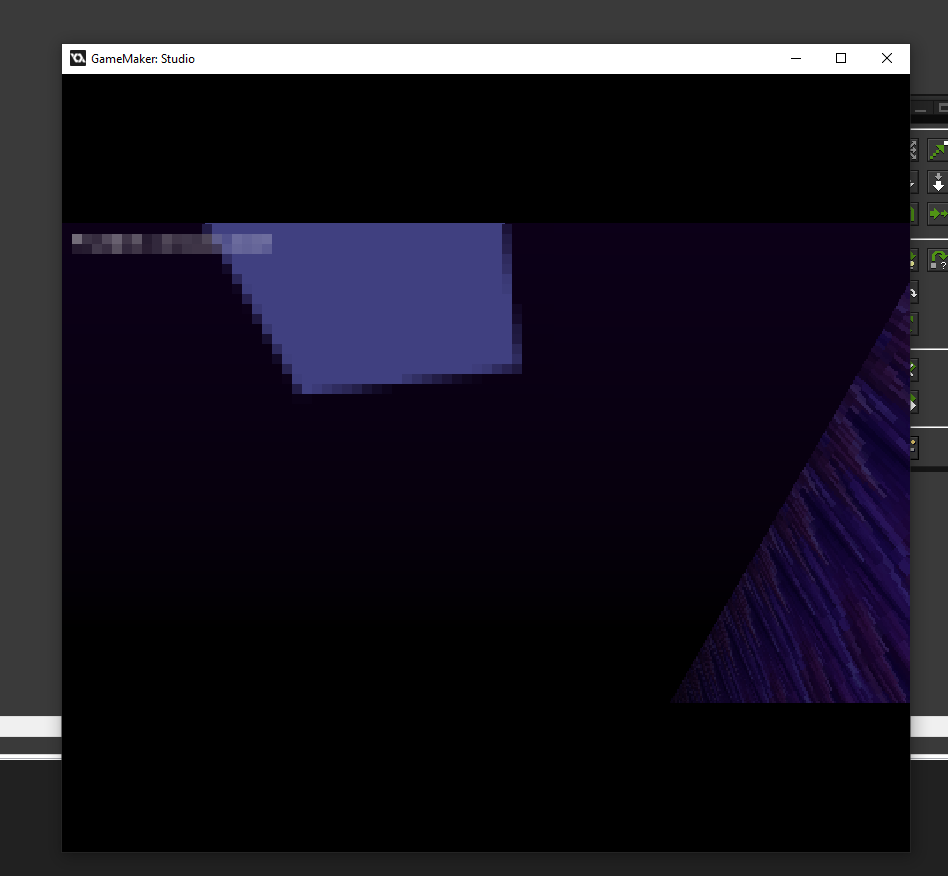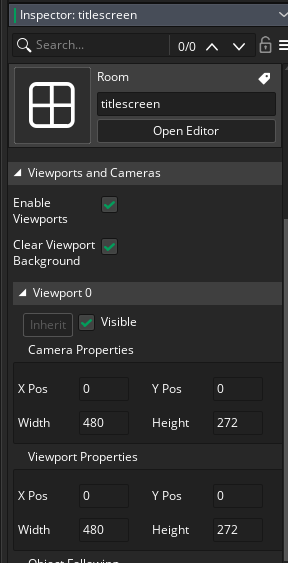
UPD: Could you also by any chance help me with importing other d3d-models in the game? I accept "no" as an answer. If you could, I will write the problem I am having.

Oh, seems like I misunderstood your question! Aspect ratio of the in-game view, not the collision mask of the object.

"D3D models" as in models exported by GM or as in 3D models in general? I've seen a lot of OBJ loader scripts on the forums over the years so I never saw a need to make one myself, and plenty of video tutorials going over it as well:
thank you a lot for your answers!! all works fully well now :)
no, i am not talking about importing itself (didn't write the question fully before getting your agreement to help me more, because i've already wrote a lot of questions), but about integrating them in the game. in fact, the only question is about collision. if I have imported eg. a pyramid, how to make an object solid (i.e. so the player would go through), when it has not a just-a-box shape?
one of the possible crutchy solutions would be check if player is touching the object and grow players z until it stops touching it. shitty one, but i will be happy even with it, if you could game me an idea, how to check a collision between d3d-object and the player.
There's a system for more advanced collision check functions, it's used by the different ramp objects: the zcheck_script_bottom and zcheck_script_top variables. These are called with two arguments, the x and y position we're doing a collision check over, and should return the top/bottom Z value of the object at that point.
Pyramids are actually a pretty complicated shape (4 triangular regions with different slope) but I think the easiest way is to check the x and y position difference vs the centerpoint of the pyramid - e.g. if the x difference is larger than the y difference AND the point you check has a higher x value than the center of the pyramid, you're on the right-hand quadrant, so you'd lerp from the top Z value of the pyramid to the bottom Z value of the pyramid using the x difference divided by half the sprite_width of the pyramid object. (The left hand quadrant does the same calculation but mirrors the x difference, and the top and bottom uses the y difference and the sprite_height instead)